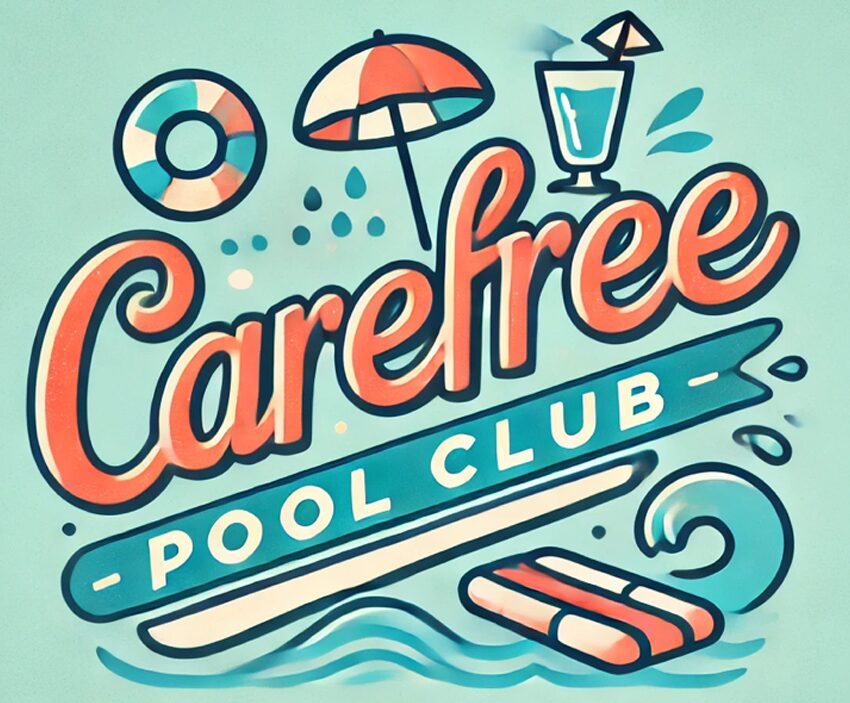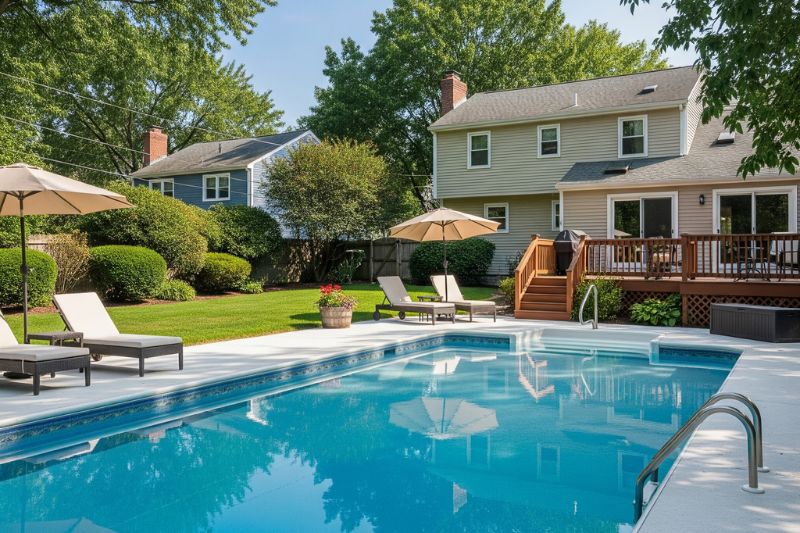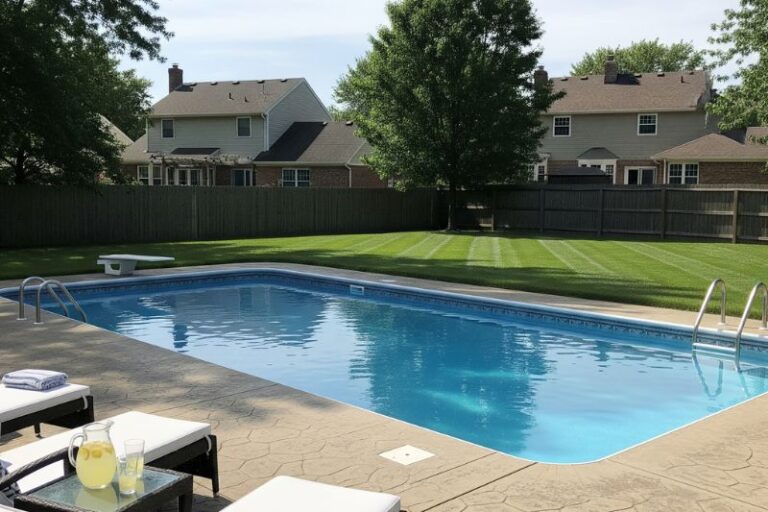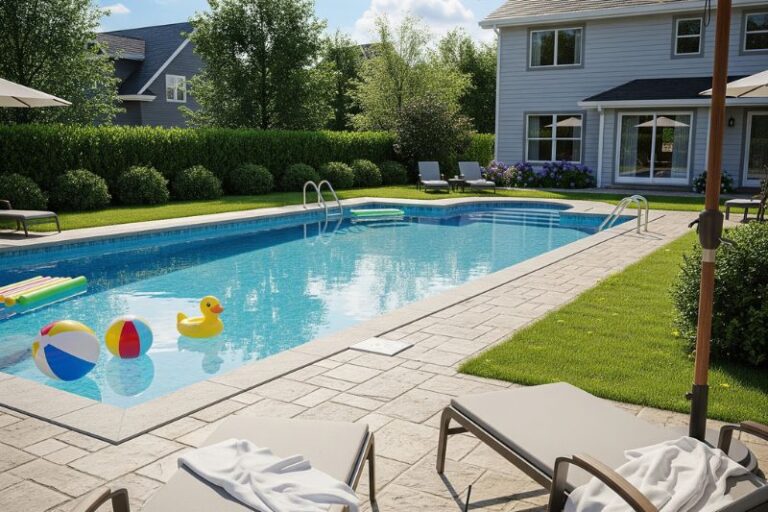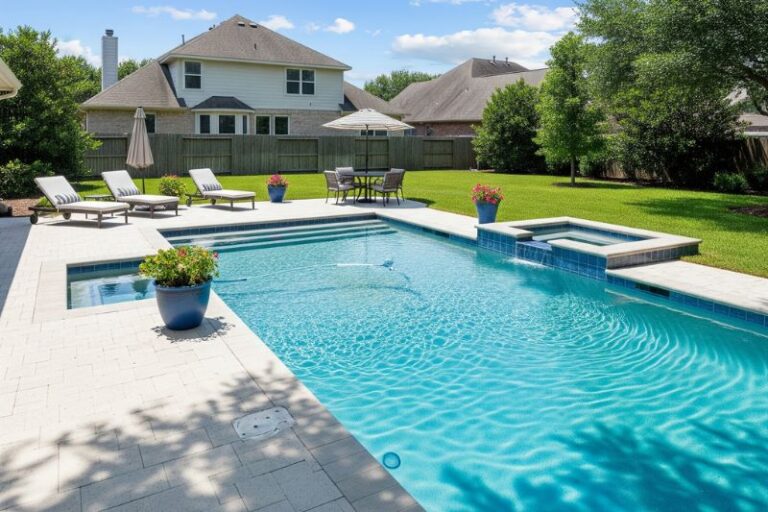So you shocked the pool. You dumped in chlorine. You even stood there proudly watching the tablet dissolve like it’s a magic trick. Yet somehow, the water’s still cloudy, still green, or still smells like a bleach cocktail gone bad. If that sounds like your pool, it’s time for a brutally honest truth: your chlorine is doing nothing if your pH is a mess.
The Harsh Truth About Chlorine And pH
If your pool’s pH is too high or too low, chlorine becomes basically useless. That’s not an exaggeration.
- When pH is too high (above 7.8), chlorine becomes inactive.
- When pH is too low (under 7.0), chlorine burns off fast and irritates swimmers.
So no, dumping more chlorine won’t fix the problem. You’re just wasting money and making your water worse.
Mistake #1: Trusting The “Set It And Forget It” Tablet Routine
You toss in a couple of tablets and walk away for the week. Sounds familiar? This works only if your water is balanced. If your pH is creeping up every day from sunlight, hard water, or just evaporation, then your chlorine tablet is releasing sanitizer into a hostile environment. That’s like sending a soldier into battle with no gear.
Simple fix: Test pH and chlorine together, not just chlorine. Your tablet feeder is not a maintenance plan.
Mistake #2: Ignoring pH After Shock Treatments
Shocking the pool raises the pH. That part is science. What many homeowners forget is that high chlorine + high pH = weak sanitation.
Quick tip: After shocking, always retest pH 12 hours later and adjust as needed. Do not assume the shock “balanced everything.” It didn’t.
Mistake #3: Assuming Clear Water Means Safe Water
Clear doesn’t mean clean. Chlorine might be holding off algae just enough to keep the water looking okay, but it doesn’t mean your pool is safe to swim in. Bacteria love imbalanced water.
Reminder: Get a full test kit or use strips that read pH and chlorine at the same time.
Mistake #4: Overusing Stabilizer (CYA)
Stabilizer is meant to protect chlorine from UV breakdown. But too much makes your chlorine sluggish.
- CYA over 50 ppm reduces chlorine’s effectiveness.
- It also throws off pH testing.
Fix: Keep stabilizer between 30 and 50 ppm. Drain a little water and refill if it gets too high.
Mistake #5: Adding Chemicals In The Wrong Order
Adding chlorine before adjusting pH is a common mistake. If your pH is out of range, the chlorine just sits there, not sanitizing anything.
Smart approach: Always balance pH and alkalinity before adding chlorine or shock. In that order.
Checklist: What To Do Instead
Here’s your no-nonsense plan to make chlorine actually work for you:
- Test pH and chlorine every 2 to 3 days.
- Balance pH to 7.4 to 7.6 before adding chlorine.
- Use chlorine efficiently by avoiding midday sun or heavy winds.
- Keep CYA in check if using tablets or stabilized chlorine.
- Shock only when necessary and retest after.
- Clean your filter regularly so chlorine doesn’t work overtime.
Tools That Help You Stop Wasting Chlorine
You don’t need fancy tech. Just good habits and a few reliable tools:
- Taylor K-2006 Test Kit for accurate readings
- AquaChek 7-Way Strips for quick checks
- pH Down or Muriatic Acid to control high pH
- Alkalinity Increaser if pH is unstable
- Non-stabilized shock if your CYA is already high
You’re Not Saving Money By Skipping The Basics
Every time you dump chlorine into unbalanced water, you’re literally pouring money down the drain. Don’t fall into the “dump and hope” trap. Treat pH like the foundation of your water care. Because it is.
And honestly, nothing says “I gave up” like cloudy water that smells like a science lab.
Now you know better.
Chlorine isn’t magic. But paired with proper pH, it is powerful. Balance first. Dose later. Your wallet, your filter, and your swim crew will thank you.
Case closed.
